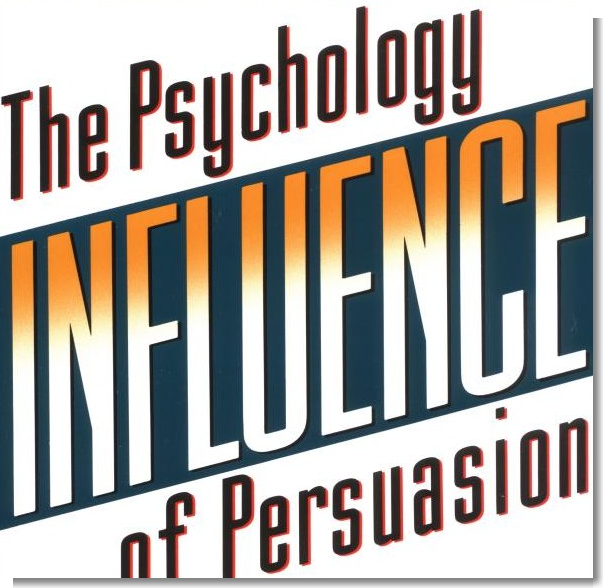Persuasion Principles for eCommerce Retailers: Part 1

As a marketing guy, I’ve found great inspiration in Robert Cialdini’s landmark book, Influence: The Psychology of Persuasion. If part of your success in life or business is dependent upon persuading others to take action, I recommend you pick it up.
As an ecommerce retailer, your success is certainly dependent upon persuading customers to buy (i.e. conversion rate) and continue to buy from you over a competitor (i.e. lifetime value). According to Cialdini, the six primary principles of influencing others are Reciprocity, Commitment & Consistency, Social Proof, Liking, Authority, and Scarcity.
In this post we’ll explore the first three as they relate to your store.
1. Reciprocity
No one like to be indebted to another. Even if the initial gift is unsolicited, we won’t feel at ease until we’ve added balance back to the relationship. If you pay for my meal, I’ll make sure I get you next time. Charities exploit this one by sending gifts such as pre-printed self-stick mailing labels that ride along with their request letters. The increased response more than covers the cost of all the gifts.
Ideas for you to trigger reciprocity:
- Free content and guides
- Adding an unadvertised bonus gift in with the order
- Free pre-sales consultations
- Live chat
2. Commitment & Consistency
No one likes to appear wishy-washy, not even to themselves. Once someone aligns themselves with a decision, they will perform mental gymnastics to convince themselves that was the right decision. Once you get someone to self-select, they want to remain consistent with that commitment. This is a big reason for the success of Amazon Prime: once I become a member, I will keep making purchases from Amazon because I need to be consistent with my new identity as an Amazon Prime subscriber.
Ideas for you to trigger commitment & consistency:
- Immediately after the initial purchase, ask customers if they think it is likely they will purchase from your store again. Most will say “Yes”. Now you’ve triggered their internal drive to be consistent with that statement.
- Don’t be afraid to spend marketing dollars to buy a customer who makes a small purchase. Small purchases beget larger purchases later on.
3. Social Proof
No one likes to be the only one at a party. As much as individualism is espoused, in reality we all want to be part of the in-group (even if our in-group are a bunch of out-casts). The presence of a crowd is a signal that we are on a worthwhile track. When this crowd takes action, we are influenced to take action. Do we require logical proof that the activity is best? No, all we need is social proof.
Ideas for you to trigger social proof:
- Testimonials
- Pictures of customers with their purchases
- Facebook likes
- Reviews
- “Other customers bought” product recommendations
Do you have other ideas on how to best take advantage of reciprocity, commitment & consistency, and social proof to increase your store’s conversion rate and lifetime value? Comment below!
Be sure to read Part 2 where I explore liking, authority, and scarcity.






